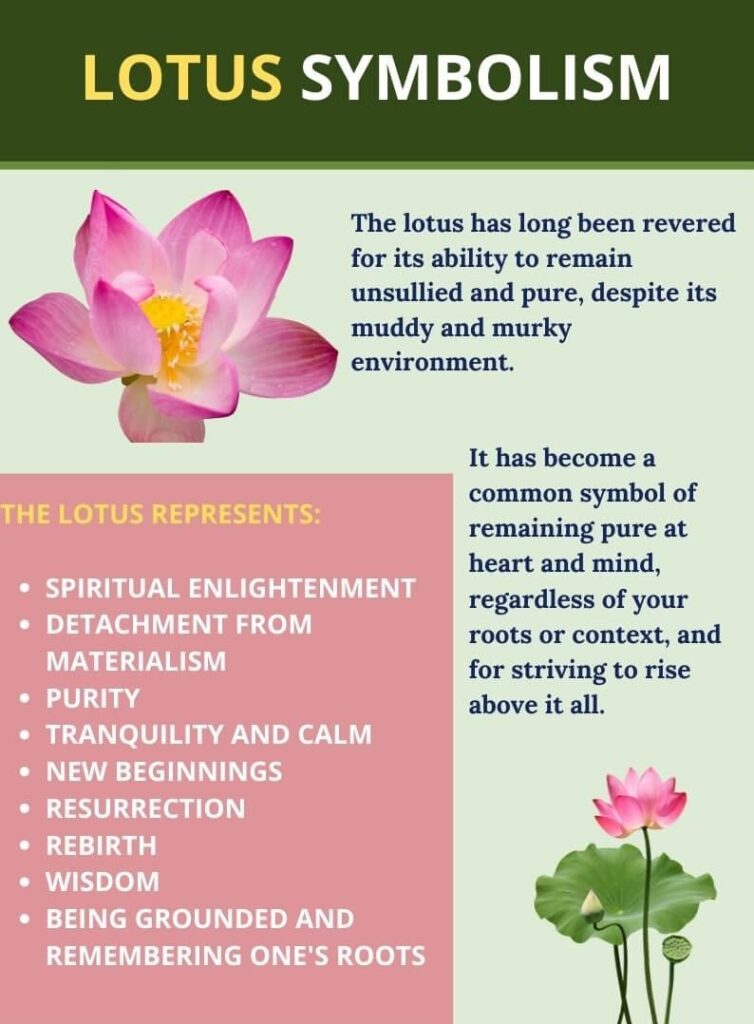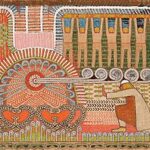Lotus and Resurrection: Mythical Rebirth Across Cultures
The myth of Nezha’s rebirth from a lotus deeply resonates with Western symbols of resurrection, such as the Phoenix rising from ashes or Christ’s resurrection. These narratives share themes of death, renewal, and transcendence, though they emerge from distinct cultural contexts. This article explores these parallels, examining how Nezha’s lotus rebirth compares to Western myths of spiritual transformation.
The Symbolism of the Lotus in Nezha’s Rebirth
In Chinese mythology, Nezha’s revival through a lotus blossom embodies purity, detachment, and enlightenment. After his self-sacrifice, he is reconstructed from lotus roots, petals, and stems—symbolizing rebirth beyond mortal flesh. Unlike Western resurrection tales, which often emphasize bodily return (e.g., Christ’s physical resurrection), Nezha’s transformation is ethereal, aligning with Buddhist and Daoist ideals of transcending the material world.
- Lotus as Spiritual Purity: The flower’s growth from mud signifies rising above suffering, mirroring Nezha’s triumph over his tragic fate.
- Non-Corporeal Rebirth: Unlike Western myths, Nezha’s new form is not a revived body but a divine manifestation, free from earthly constraints.
Western Resurrection Myths: From Ashes to Eternal Life
Western traditions frame resurrection through physical or cyclical renewal. The Phoenix, consumed by fire only to rise again, represents eternal recurrence, while Christ’s resurrection signifies victory over death in Christian dogma. Pagan myths, like Persephone’s annual return from the Underworld, tie rebirth to natural cycles. These themes contrast with Nezha’s lotus-based transcendence, yet all share a core idea—transformation through destruction.
- Phoenix and Cyclical Rebirth: A symbol of immortality, the Phoenix’s rebirth is tied to endless renewal, lacking the lotus’s spiritual detachment.
- Christ’s Resurrection: A literal return of the body, emphasizing redemption and faith, differing from Nezha’s symbolic rebirth.
Conclusion: Universal Themes, Unique Interpretations
Nezha’s lotus rebirth and Western resurrection myths all explore renewal beyond death, yet their symbolism diverges—Eastern traditions favor spiritual transcendence, while Western narratives often stress physical or cyclical return. These parallels reveal humanity’s shared fascination with immortality and transformation, each culture molding the theme to its philosophical and religious framework. The comparison enriches our understanding of how myths articulate the eternal hope for rebirth.

